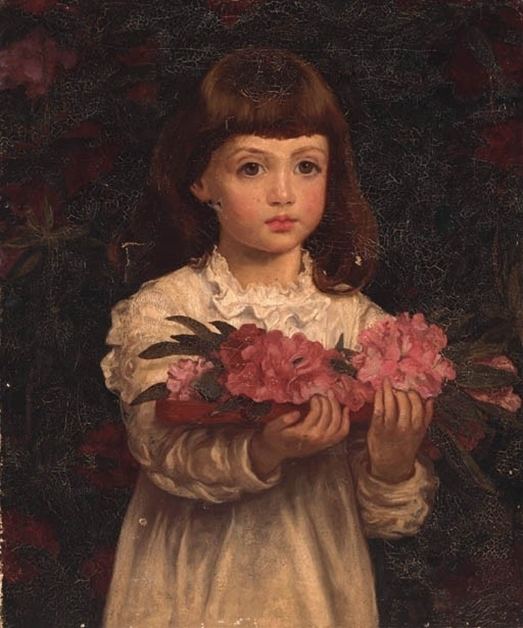Nationality American Role Artist | Name Anna Merritt Spouse(s) Henry Merritt | |
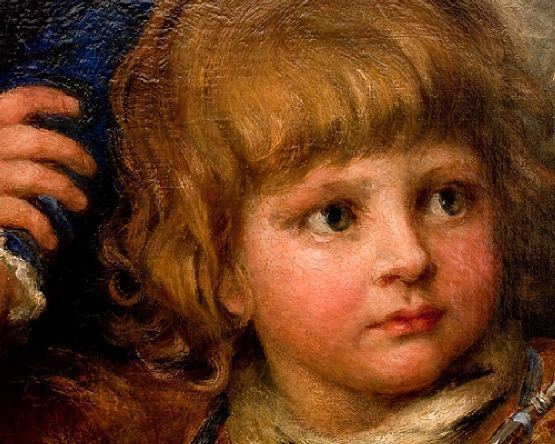 | ||
Books Love Locked Out: The Memoirs of Anna Lea Merritt with a Checklist of Her Works | ||
Anna Massey Lea Merritt (1844–1930) was an American painter. She painted portraits, landscapes and religious scenes and etchings. She was born in Philadelphia but lived and worked in England for most of her life. Merritt worked as a professional artist for most of her adult life, 'living by her brush' before her brief marriage to Henry Merritt and after his death.
Contents
Life

Anna Massey Lea was born 13 September 1844 in Philadelphia, Pennsylvania, the daughter of an affluent Quaker couple, Joseph Lea and Susanna Massey, and the eldest of six sisters. She studied anatomy at the Woman's Medical College of Pennsylvania. In 1865, the family moved to Europe, where she took art lessons from Stefano Ussi, Heinrich Hoffman, Léon Cogniet and Alphonse Legros. They moved to London in 1870 to escape the Franco-Prussian War, and in 1871 she met Henry Merritt (1822–1877), a noted art critic and picture conservator, who would become her tutor and later, her husband. They married 17 April 1877 but he died 10 July the same year. She had no children and did not marry again.

Merritt spent the rest of her life in England, though with frequent trips to the USA, with exhibitions and awards in both countries, becoming a celebrated artist. She died on 5 April 1930, in Hurstbourne Tarrant, Hampshire.
Love Locked Out
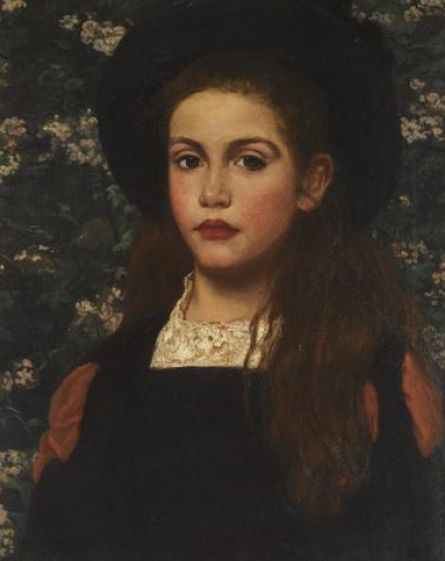
Merritt painted her best-known work, Love Locked Out, in memory of her late husband, who died in 1877 just three months after their wedding. She had hoped to have the image done in bronze as a monument, but could not afford it. Merritt initially resisted allowing the painting to be copied despite innumerable” requests, because she feared the subject would be misinterpreted: “I feared people liked it as a symbol of forbidden love,” she wrote in her memoir, “while my Love was waiting for the door of death to open and the reunion of the lonely pair”. Though Merritt was already a recognized working artist, she had intended to end her professional career after her wedding, but she returned to painting after her husband's death. Ironically, though she was American, Love Locked Out was exhibited at the Royal Academy in 1890 and became the first painting by a woman artist acquired for the British national collection through the Chantrey Bequest.
Thoughts on women in the arts

In 1900, Merritt wrote that she felt she had not faced much if any discrimination because of her gender, but noted the social pressures which could inhibit a female artist's career, concluding:
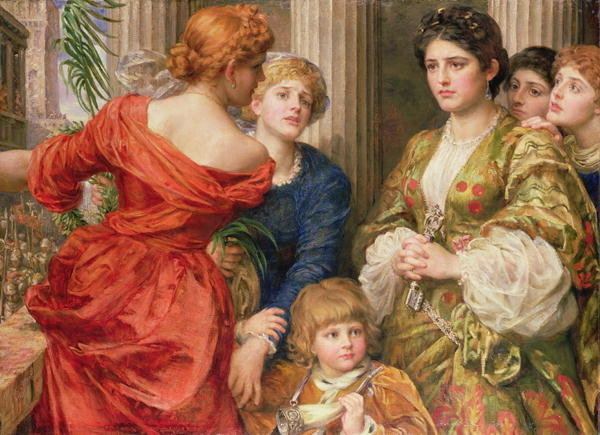
“The chief obstacle to a woman's success is that she can never have a wife. Just reflect what a wife does for an artist: Darns the stockings; keeps his house; writes his letters; visits for his benefit; wards off intruders; is personally suggestive of beautiful pictures; always an encouraging and partial critic. It is exceedingly difficult to be an artist without this time-saving help. A husband would be quite useless."
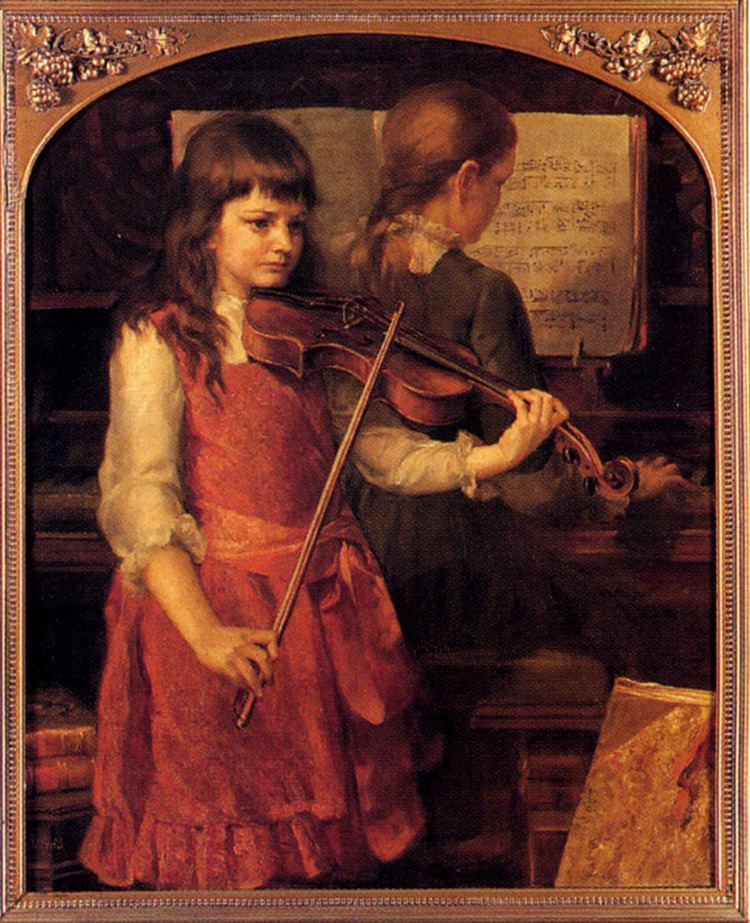
During the 19th century there were a significant number of women who became successful, educated artists, a rarity before that time, except for a few like Angelica Kauffman and Louise Élisabeth Vigée Le Brun (1755-1842). The emerging women artists created works with a different perspective than men, challenged the limited concepts of femininity and created a genre of floral-female paintings, in which "the artist placed one woman or more in a flower garden setting and manipulated composition, color, texture and form to make the women look as much like flowers as possible.” The approach was not used for portraits. Its form of feminine representation has largely gone unrecognized by American art scholars and conservative society ignored in response to the burgeoning “New Woman” beginning in the late 19th century. Merritt created flower-feminine paintings, noting floral-feminine symbolism employed by male artists like Charles Courtney Curran and Robert Reid, she said that she saw "flowers as 'great ladies' noting that 'theirs is the langour of high breeding, and the repose and calm of weary idleness.”
